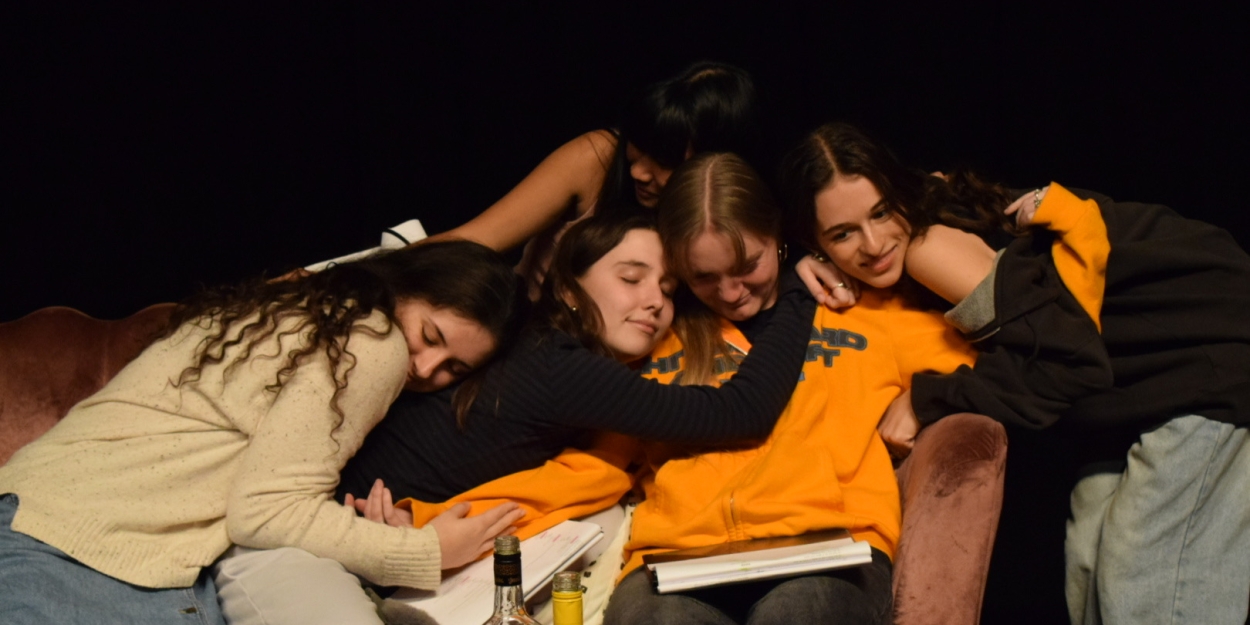Student Blog: Schedules, Sanity, and Self-Care
Investigating the balancing act of your typical college senior

I’ve spent the bulk of my semester dreading the overflow of work and commitments that I knew would hit me in the month of November. In the past four weeks alone, I’ve served as production dramaturg on two full-scale productions, directed one staged reading, and produced one benefit concert, all in addition to my pre-existing coursework and co-curricular leadership commitments. Knowing I brought this schedule upon myself (as explored in my first blog post), I had plenty of time to brace for the whirlwind.
In college—the liminal, magical space that bridges childhood and adulthood—proactivity and self-accountability are key to a budding adult’s success. I’ve found that the balancing act can be especially challenging for upperclassmen in the theatre field, like myself, who juggle rehearsals, job applications, classes, part-time work, networking, and—perhaps the most difficult task of all—helping their mom figure out where the entire extended family can go for graduation dinner. Unfortunately, my teachers from K-12 were right: procrastination only leads to stress.
While it’s taken me some time to find my flow, I’ve developed a commitment to preparing myself early on for busy periods, which includes front-loading class assignments and co-curricular work, utilizing the Covey Quadrant technique to prioritize daily tasks, and taking advantage of quiet weeks to rest up and fill my personal cup.
As I’ve discovered over the past few years, making time for activities outside of theatre that bring me joy is not only necessary to my mental and emotional health, but it makes me a harder worker and a more empathetic collaborator. Navigating the hobby-to-career jump that I experienced from high school to college has encouraged me to explore my hobbies outside of the performing arts. Nowadays, I find floral arranging, watercolor painting, photography, and making charcuterie boards to be particularly relaxing creative outlets that keep me grounded, even in the busiest weeks of the semester.
As a twenty-one-year-old college student, it’s no surprise that I rely on various digital tools to manage my personal, educational, and professional life. Through four years of education and internships, I’ve developed fluency in programs designed for organization, efficiency, and scheduling.
As I often joke to friends and peers, “If it’s not in my Google Calendar, it’s not happening.” While this might seem excessive to some, I rely heavily on my GCal for personal time management, with event entries covering everything from classes and rehearsals to bar crawls. I’ve found that having one resource that I can rely on (and access from any technological device) to stay on top of my ever-shifting schedule is a worthwhile investment in my life. Centralizing the different areas of my life has only made it easier to make sure I’m in the right place at the right time. In order to avoid any confusion and to visually reiterate the importance of work-life balance to myself, I color-code my schedule to easily distinguish between my various commitments.
Each student’s approach to staying sane in the busiest times of the year is different, and it’s important to find the cocktail that works for you. Through a combination of proactivity, digital organization, and creative outlets, I’ve managed to achieve an array of goals throughout my collegiate education.
Comments
Videos


